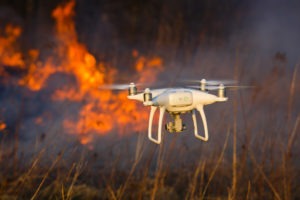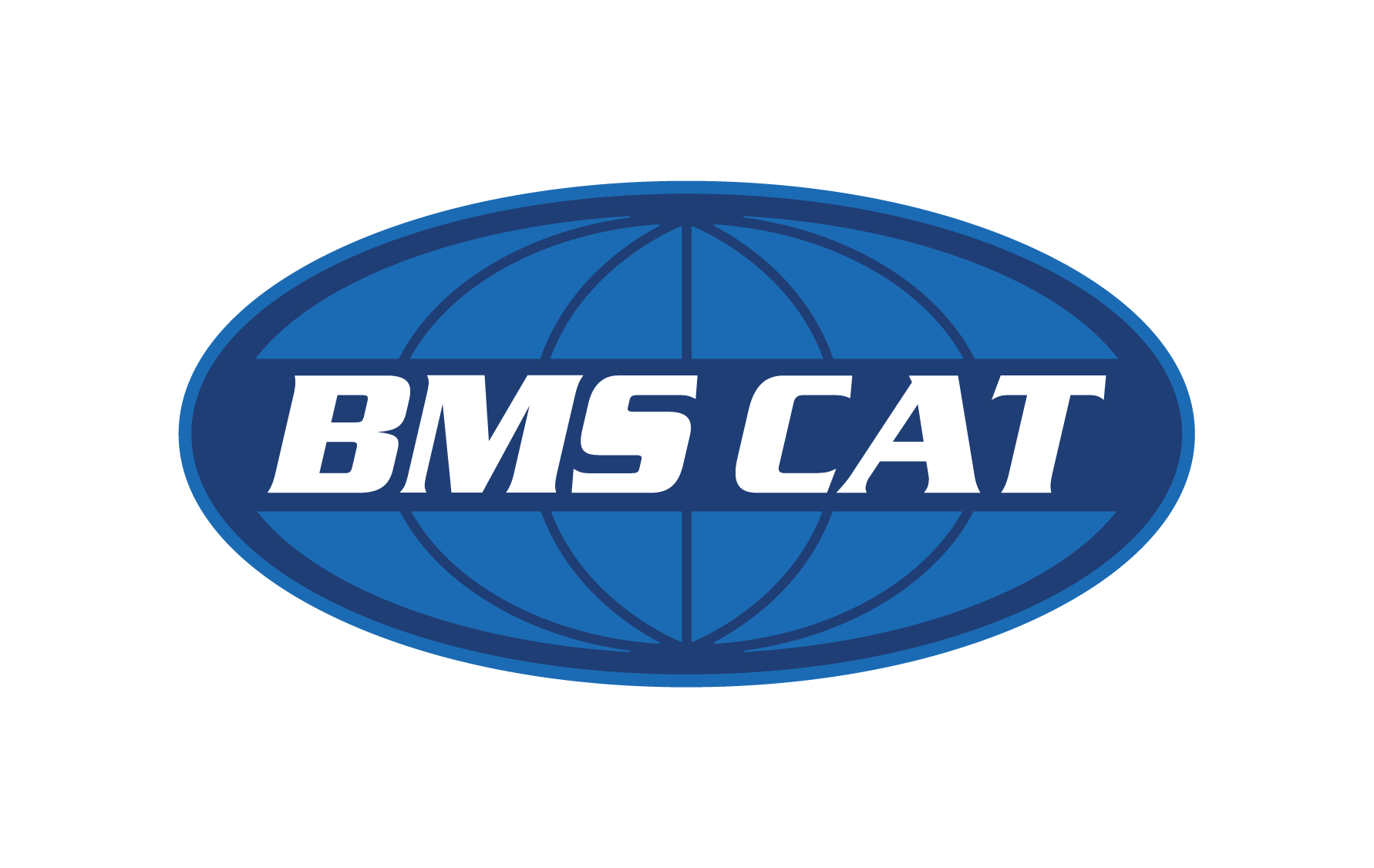How We Can Use the Benefit of Drones in a Disaster Situation
Drones have accomplished many things since they were first introduced to the world. Find out how we can use the benefit of drones when disaster strikes.
 When you hear the word “drone,” what do you think of? You might only associate drones with YouTubers flying cameras around. Or, maybe you’re feeling apprehensive about Amazon’s Drone delivery. Drones have gotten a bad rap. Most people don’t love the idea of robots taking human jobs, or having their privacy invaded by fancy remote control planes. But, sometimes a robot is a good thing. Be it a hurricane, nuclear spill, fire, or flood, there are plenty of uses for drones when tragedy strikes. Keep reading to learn the benefit of drones in disaster situations.
When you hear the word “drone,” what do you think of? You might only associate drones with YouTubers flying cameras around. Or, maybe you’re feeling apprehensive about Amazon’s Drone delivery. Drones have gotten a bad rap. Most people don’t love the idea of robots taking human jobs, or having their privacy invaded by fancy remote control planes. But, sometimes a robot is a good thing. Be it a hurricane, nuclear spill, fire, or flood, there are plenty of uses for drones when tragedy strikes. Keep reading to learn the benefit of drones in disaster situations.
Monitor Hazards as They’re Happening
First responders need to be able to track disasters as they’re happening to plan the right next steps. Fires in particular move fast.
During the recent fires in Southern California, the National Guard used drones to collect data for the state fire department. Drones were able to capture detailed imaging up in the air fast enough to help firefighters prevent further damage.
Having that bird’s eye view of a natural disaster without the risk of human life is crucial. Before drones, the only way to get that kind of imagery was risking a human-operated aircraft. Knowing where a fire or flood is going gives responders a leg up in containment and evacuation.
Keep Us Out of CBRNE Disaster Areas
CBRNE stands for chemical, biological, radiological, nuclear or explosive. These are the situations most dangerous for rescuers during natural disasters.
Remember when that tsunami hit Fukushima Daiichi nuclear plant in 2011? Besides destruction caused by the tsunami itself, dangerous radioactive material spread for miles. Japan launched a full-scale evacuation to try to keep everyone out of the nuclear hazard zone.
Nuclear radioactivity isn’t visible to the naked eye, but too much exposure is lethal. The Japanese government used drones on the ground and in the air as fast as possible to assess the extent of the damage.
Without that drone footage, there wouldn’t have been any way to find the people trapped in the chaos. They might not have even know how far the radioactivity spread.
In the event of a lethal chemical hazard, drones are the obvious choice.
Efficient Search and Rescue
Drones are faster at finding people in massive piles of wreckage than any other means.
Often, satellite imagery or footage from a man-operated plane aren’t flexible enough to find what a drone can. Because they’re so small, drones can get close to fallen buildings and piles of rubble from all angles. As an added benefit, they require almost no time to take off from the ground.
Even after a natural disaster has passed, time is of the essence. Dying of an injury, lack of food or hypothermia is the biggest risk for trapped survivors. If drones can speed up the rescue process, we’re all for it.
The only problem with using both drones and planes is conflicting air traffic. Until rescue services figure out a good system to use both at once, planes aren’t able to fly when a drone is in the air. For now, drones are a great tool to scout an area first, before quickly moving to make room for the rest of the air team.
Speed Up Reconstruction
By far, the most time-consuming part of disaster recovery is figuring out who pays for repairs so residential construction can start.
Home insurance policies don’t always cover damage caused by natural disasters. Most private home insurance doesn’t even cover flooding.
So when a hurricane levels an entire town, the claims process is long and complicated. Insurance companies will usually demand an in-person inspection. If hundreds of houses in an affected neighborhood all use the same insurance company, it may be months before they even get a chance to look at your claim.
Drones can perform double the number of home insurance inspections in a day compared to agents on the ground. Drone businesses like Soaring Sky have been able to inspect more than 800 homes in two months to aid in hurricane recovery.
The recent hurricanes are going to need thousands of inspections like these. The faster drones can help insurance companies finish claims, the faster these families can return home.
Carry Essential Supplies
Finally, drones are a cost-effective way to deliver much-needed food and water to disaster areas.
Getting a community back to normal in the aftermath of a disaster can take years and millions of dollars. Even providing just the basic needs to a community can be expensive and requires careful organization.
Using drones to airlift supplies frees up larger planes to do other work, thus maximizing efficiency. If volunteers aren’t bogged down by running basic supplies, they’re able to save the stranded and provide more hands-on care.
The Benefit of Drones Related to Our Services
We’re passionate about restoring calm in times of need, and understand the benefit of drones in this realm. Drones can track disasters like fires and floods as they’re happening. This gives first responders the info they need to make better, faster decisions.
Drones also provide detailed aerial imagery experts need to find missing people and inspect the damage. If this involves flying through a lethal CBRNE fall out zone, drones don’t seem to mind.
Recovering from a disaster can be a long and tedious process. Drones help by speeding up insurance inspections and lifting essential supplies to the people who need them most.
If you find this kind of topic fascinating, check out more on our blog. To request disaster recovery services for your home or business, contact us today.
